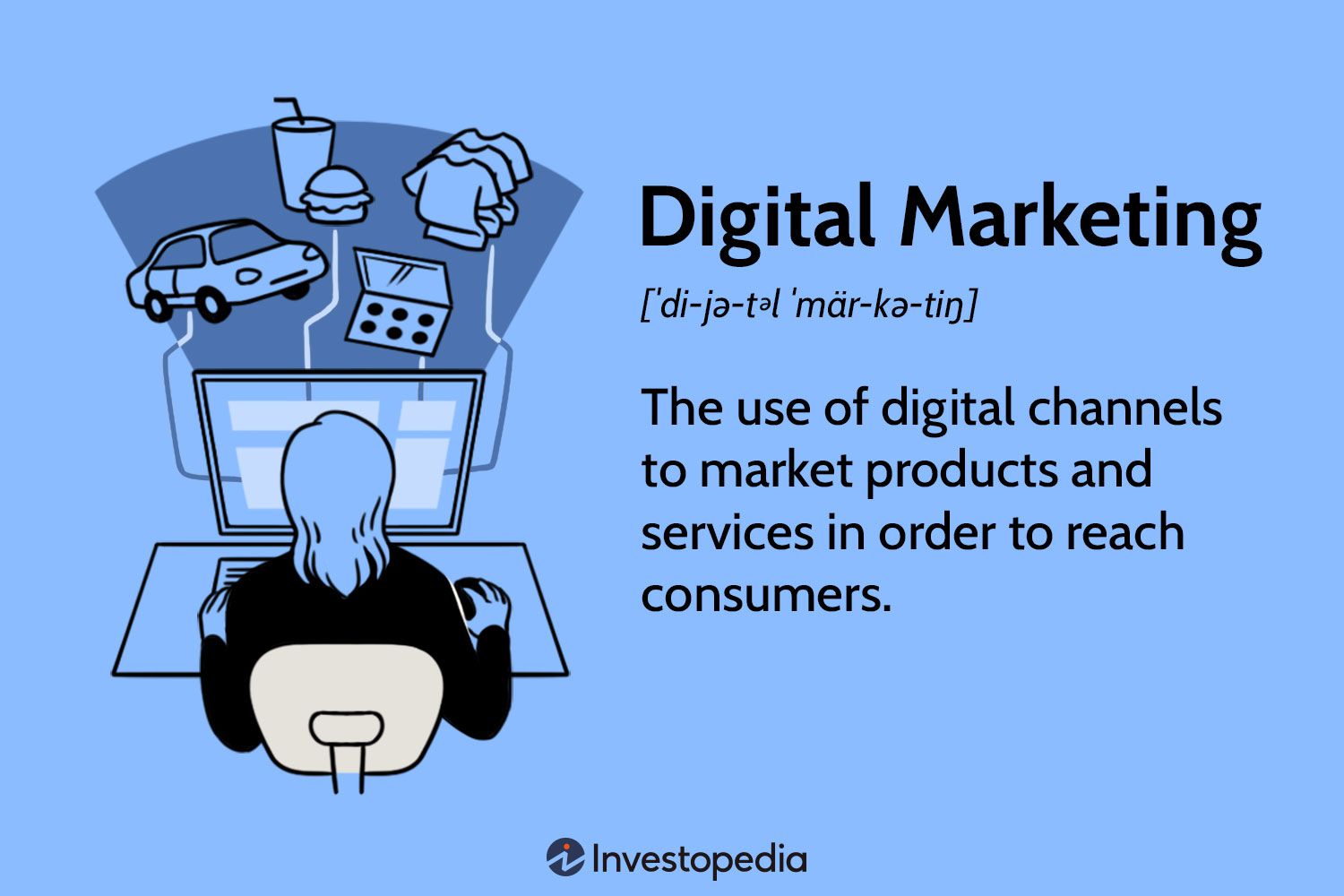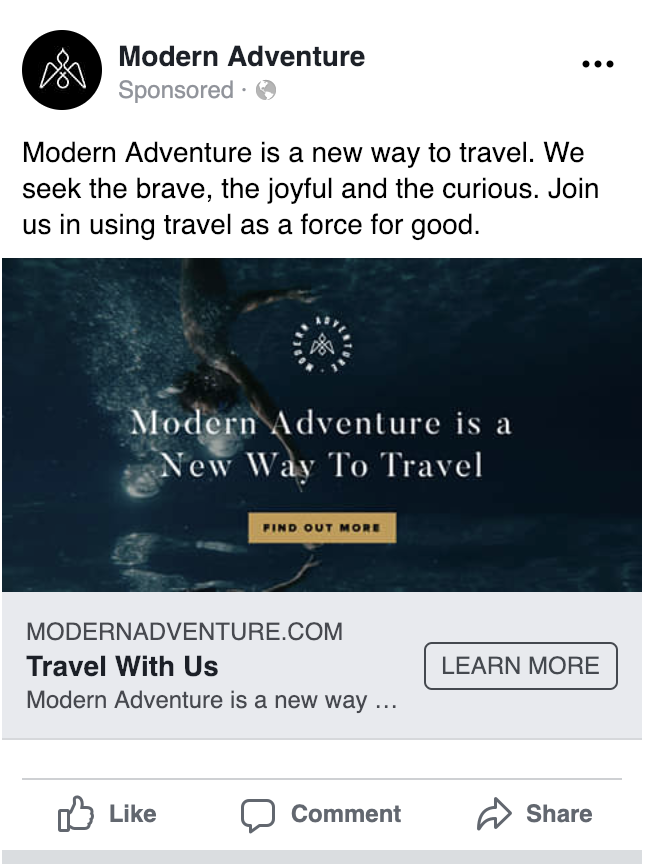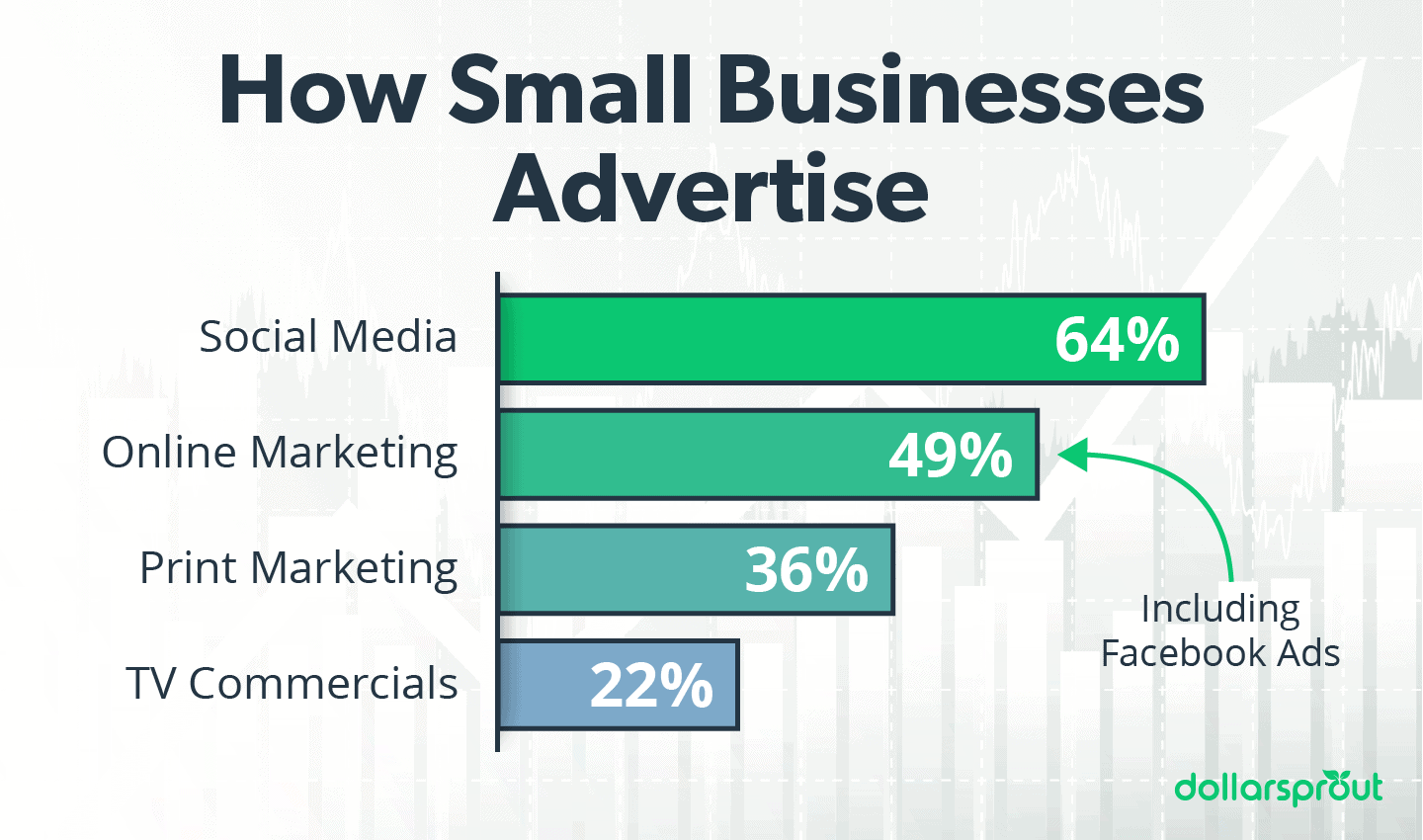To create effective Facebook ads, target your audience precisely and craft compelling ad copy with eye-catching visuals. Utilize A/B testing to optimize performance.
Facebook ads offer a powerful way to reach your target audience and drive engagement. With over 2. 8 billion monthly active users, Facebook provides unparalleled access to diverse demographics. Crafting effective ads involves understanding your audience’s preferences and behaviors. Start by defining clear objectives, whether it’s brand awareness, lead generation, or sales.
Use Facebook’s advanced targeting options to reach specific user segments. Create engaging ad copy and incorporate high-quality images or videos to capture attention. Continuously monitor ad performance and use A/B testing to refine your approach. By focusing on these elements, you can maximize your ad’s impact and achieve better results.

Credit: www.vaned.com
Setting Clear Objectives
Creating effective Facebook ads starts with setting clear objectives. Without clear goals, your ads might miss the mark. Objectives guide your strategy, ad design, and budget. They ensure you reach the right audience and achieve desired outcomes.
Define Goals
First, you need to define your goals. Goals could be increasing website traffic, boosting brand awareness, or generating leads.
- Boosting Brand Awareness
- Driving Website Traffic
- Generating Leads
- Increasing Sales
Each goal requires a different approach. For brand awareness, use engaging visuals. For lead generation, focus on compelling offers.
Align With Business Strategy
Next, align your goals with your business strategy. Ensure your ads support your overall business objectives. This alignment helps in creating a cohesive marketing plan.
For example, if your business objective is to expand into new markets:
- Identify target demographics in new markets.
- Create ads that appeal to these demographics.
- Measure success through market penetration metrics.
By aligning your ad goals with your business strategy, you create a unified approach. This ensures all marketing efforts work together.
Identifying Target Audience
Creating effective Facebook ads starts with identifying your target audience. Knowing who you want to reach helps tailor your message. This ensures your ads resonate with the right people.
Demographic Insights
Understanding the demographics of your audience is crucial. It includes age, gender, location, and income. Use Facebook’s Audience Insights tool to gather this data.
| Demographic | Details |
|---|---|
| Age | What age groups are interested? |
| Gender | Are they male, female, or other? |
| Location | Where do they live? |
| Income | What is their income level? |
Behavioral Analysis
Behavioral analysis helps understand your audience’s interests and activities. Look into their purchasing behavior, device usage, and online activity.
- Purchasing Behavior: Are they frequent buyers?
- Device Usage: Do they use mobile or desktop?
- Online Activity: What websites do they visit?
By combining demographic insights and behavioral analysis, you can create highly targeted Facebook ads. This leads to better engagement and higher conversion rates.
Crafting Compelling Ad Copy
Creating effective Facebook ads requires more than just visuals. The ad copy plays a crucial role. It captures the audience’s attention and drives them to take action. Crafting compelling ad copy can significantly boost your ad performance.
Attention-grabbing Headlines
The headline is the first thing people see. It needs to be eye-catching and relevant. Use powerful words to grab attention. Make sure it clearly conveys the message. A good headline sparks curiosity and interest.
- Keep it short and simple.
- Use numbers or statistics for impact.
- Ask a question to engage the reader.
Examples of effective headlines:
| Headline Type | Example |
|---|---|
| Number | “10 Tips for Better Sleep Tonight” |
| Question | “Want to Save More Money?” |
| How-to | “Learn How to Cook Healthy Meals” |
Persuasive Call-to-actions
A strong call-to-action (CTA) is essential. It tells the user what to do next. A persuasive CTA encourages clicks and conversions.
- Use action verbs like “Discover,” “Join,” or “Buy.”
- Create a sense of urgency with words like “Now” or “Limited Time.”
- Keep it clear and concise.
Examples of effective CTAs:
- “Shop Now”
- “Sign Up Today”
- “Get Started”
Make sure your CTA stands out. Use contrasting colors and bold text.
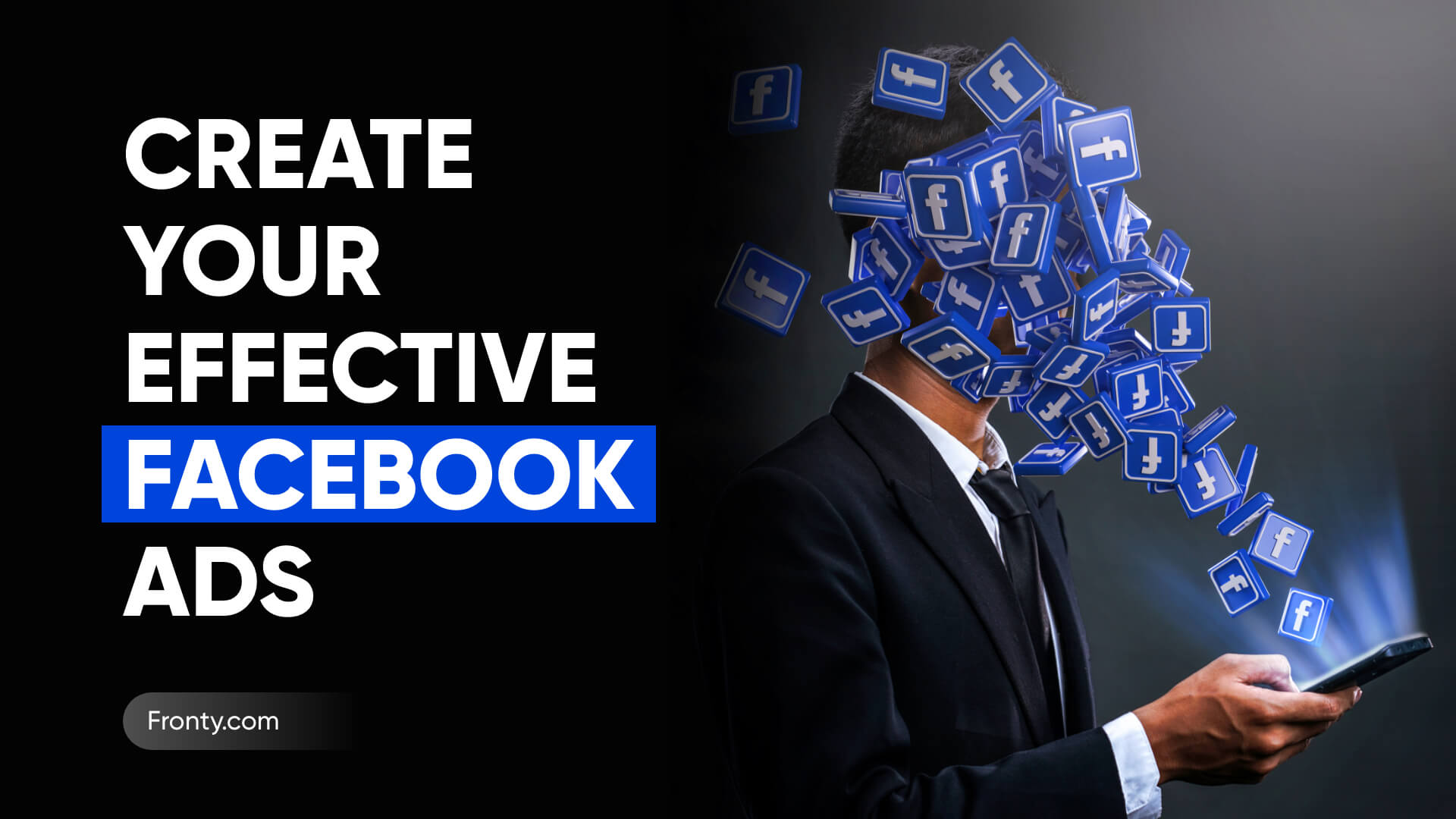
Credit: fronty.com
Designing Eye-catching Visuals
Creating effective Facebook ads is essential for any business. An important part of this is designing eye-catching visuals. Great visuals grab attention and make your ads memorable. Let’s explore some best practices.
Image And Video Best Practices
Images and videos are vital for Facebook ads. They should be high-quality and engaging. Here are some tips:
- Use high-resolution images.
- Make sure the visuals are relevant to the message.
- Use bright colors to catch the eye.
- Keep text on images to a minimum.
- Use video to tell a story.
Images and videos should load quickly. This keeps users engaged. Consider adding subtitles to videos. Many people watch videos without sound.
Brand Consistency
Maintaining brand consistency is crucial. Your ads should reflect your brand identity. Here are some ways to ensure consistency:
- Use your brand colors and fonts.
- Include your logo in the visuals.
- Ensure the tone matches your brand voice.
Consistency builds trust with your audience. It makes your ads recognizable. Stick to your brand guidelines to achieve this.
Choosing The Right Ad Format
Creating effective Facebook ads starts with choosing the right ad format. Each format offers unique benefits and suits different objectives. Knowing which format to use can boost engagement and conversion rates.
Carousel Ads
Carousel ads allow you to showcase multiple images or videos. You can display up to 10 cards in one ad. Each card can have its own link. This format is perfect for displaying a range of products or features.
- Each card can tell a different story.
- Link each card to a different landing page.
- Use high-quality images or videos.
Carousel ads are great for e-commerce brands. They can display various products in one ad. This makes it easier for users to see all options.
Video Ads
Video ads are highly engaging. They grab attention quickly. Facebook users love watching videos. This format can be used to tell a story or show a product in action.
- Keep videos short and to the point.
- Include captions for better accessibility.
- Use eye-catching thumbnails.
Video ads can boost engagement rates. They are perfect for tutorials, product demos, and testimonials. Ensure your video is of high quality and has a clear message.
| Ad Format | Best Use |
|---|---|
| Carousel Ads | Showcase multiple products or features |
| Video Ads | Engaging storytelling and product demos |
Choosing the right ad format is crucial for your campaign’s success. Both carousel and video ads offer unique advantages. Select the format that best aligns with your goals.
Setting A Budget
Creating effective Facebook ads requires a well-planned budget. Setting a budget helps control your spending. It ensures your ads reach the right audience. Let’s explore the key aspects of setting a budget for Facebook ads.
Daily Vs. Lifetime Budgets
Facebook offers two types of budgets: Daily and Lifetime. Choosing the right one depends on your goals.
- Daily Budget: This sets a daily spending limit. Facebook spreads your budget throughout the day. It ensures your ad stays active.
- Lifetime Budget: This sets a total spending limit for the entire campaign. Facebook spends the budget evenly over the set timeframe.
Use a daily budget for ongoing campaigns. Use a lifetime budget for time-sensitive promotions.
Bid Strategies
Bid strategies determine how much you’re willing to pay for ad results. Facebook offers several bid strategies:
- Lowest Cost: Facebook aims to get the most results for your budget.
- Bid Cap: You set a maximum bid. This helps control costs.
- Target Cost: Facebook tries to keep your average cost per result around a specific amount.
Choose the bid strategy that aligns with your campaign goals. Adjust as necessary based on performance.
| Budget Type | Best For | Advantages |
|---|---|---|
| Daily Budget | Ongoing Campaigns | Spreads spend throughout the day |
| Lifetime Budget | Time-sensitive Promotions | Evenly spends over set timeframe |
Setting the right budget is crucial. It maximizes your ad’s reach and effectiveness.
A/b Testing Strategies
Creating effective Facebook ads requires strategic planning and execution. One vital part of this process is A/B testing. A/B testing helps determine what works best by comparing two versions of an ad. This strategy can significantly improve your ad performance and ROI.
Testing Variables
To conduct A/B testing, you need to identify the variables. These could be:
- Ad Copy: Test different headlines and descriptions.
- Images/Videos: Compare various visuals.
- Call-to-Action: Experiment with different CTAs.
- Target Audience: Test different demographics and interests.
Choose one variable to test at a time. This helps isolate the impact of each change.
Analyzing Results
After running your tests, it’s time to analyze the results. Look at metrics such as:
- Click-Through Rate (CTR): Measures the number of clicks your ad gets.
- Conversion Rate: Tracks the number of conversions from the ad.
- Cost Per Click (CPC): Shows the cost incurred for each click.
Use a table to summarize your results for easy comparison:
| Variable | Version A | Version B |
|---|---|---|
| CTR | 2.5% | 3.0% |
| Conversion Rate | 1.2% | 1.5% |
| CPC | $0.50 | $0.45 |
Identify which version performs better based on your goals. Use these insights to optimize future ads.
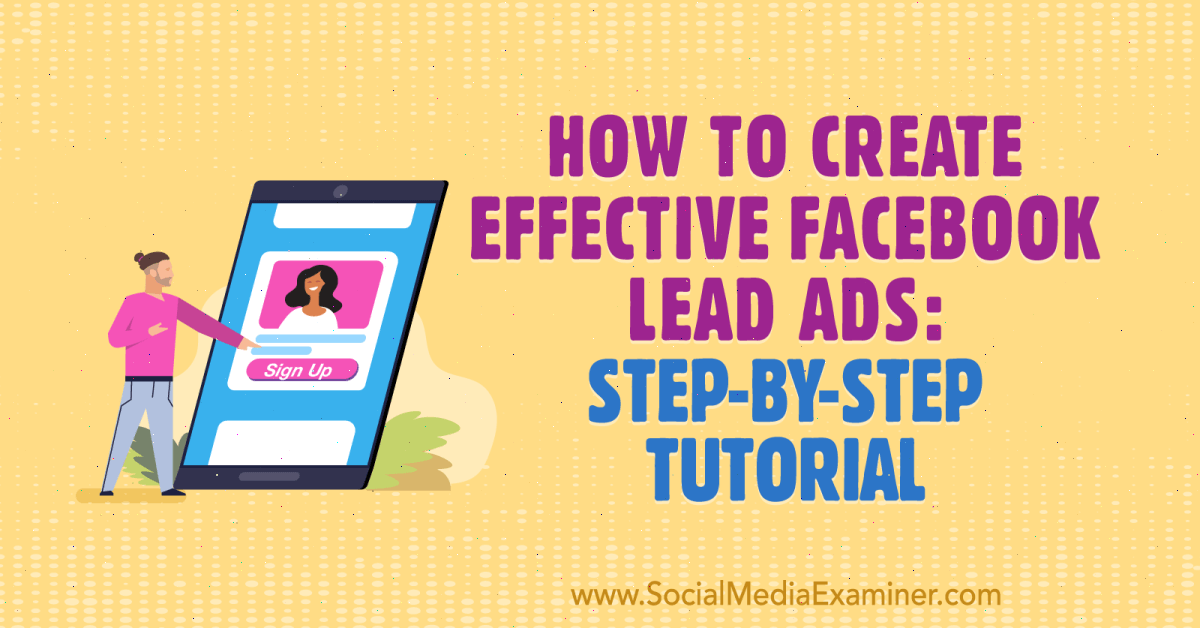
Credit: www.socialmediaexaminer.com
Monitoring And Optimizing
Effective Facebook ads require constant monitoring and optimizing. This process ensures your ads reach the right audience and achieve your goals. Below, we cover key aspects of this process.
Performance Metrics
Monitoring performance metrics helps understand the success of your ads. Key metrics include:
- Click-Through Rate (CTR): Measures the percentage of clicks on your ad.
- Conversion Rate: Shows the percentage of users who complete a desired action.
- Cost Per Click (CPC): Indicates how much you pay for each click.
- Return on Ad Spend (ROAS): Calculates the revenue generated per dollar spent.
- Impressions: Counts how often your ad is shown.
Adjusting Campaigns
Adjust your campaigns based on the performance metrics. Steps include:
- Identify underperforming ads.
- Adjust targeting to reach a more relevant audience.
- Change ad creatives to boost engagement.
- Optimize bidding strategies to maximize ROAS.
- Test different ad formats to find the most effective one.
| Metric | Action |
|---|---|
| High CPC | Improve ad relevance and quality. |
| Low Conversion Rate | Refine your landing page or offer. |
| Low CTR | Enhance ad visuals and copy. |
Conclusion
Mastering Facebook ads takes practice and strategy. Follow these tips to boost engagement and conversions. Track your results and tweak your approach. Success comes with testing and refining. Stay updated with trends and tools. Your effective Facebook ads will drive growth and achieve your marketing goals.



